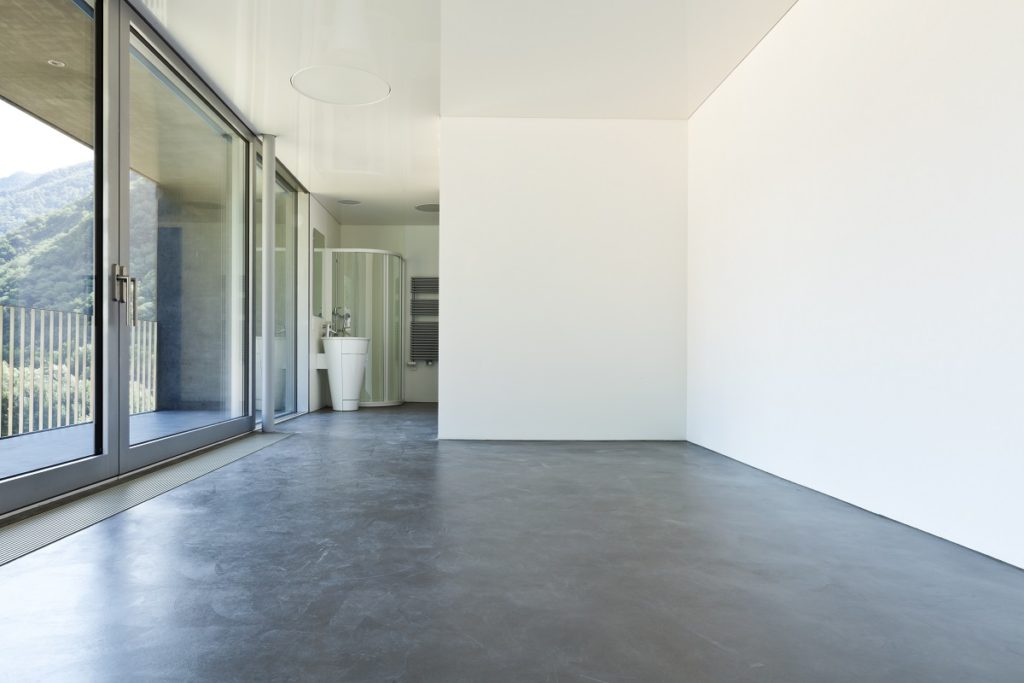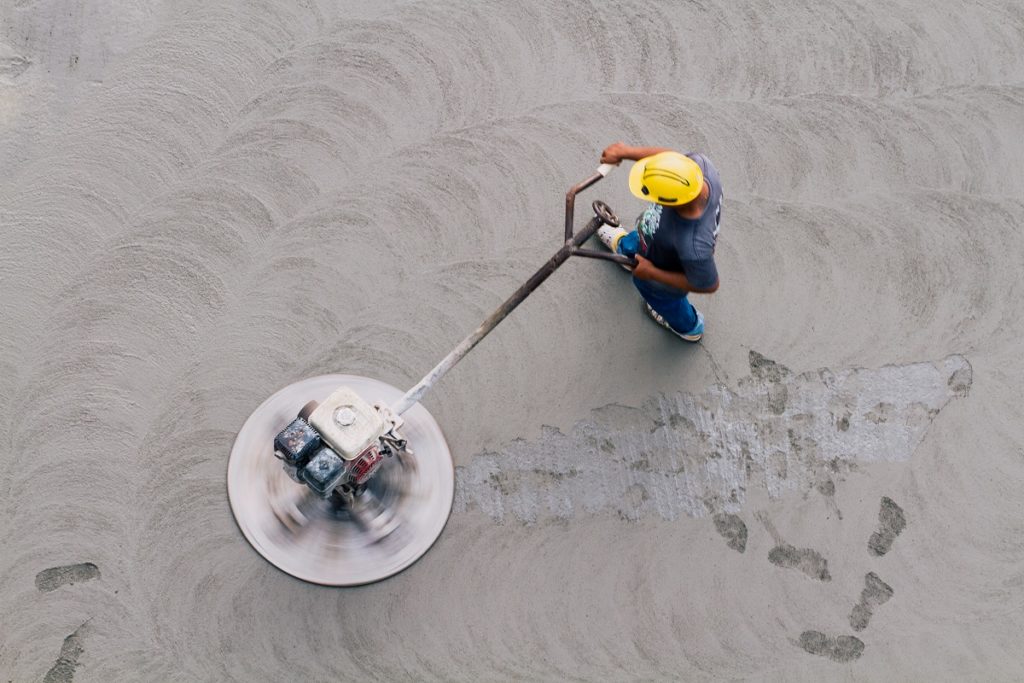Solid Protection: How to Prevent Moisture Problems for Your Concrete Flooring Projects
Concrete flooring is known for its durability and timeless aesthetic. Despite its reputation as a low-maintenance option for both residential and commercial projects, however, it’s susceptible to moisture and vapor problems if it isn’t installed properly. When a concrete floor has excess moisture, your clients may notice the following problems days, or even years, after finishing your project:
- Uneven surfaces, which can lead to slips and falls. If your clients have laminate, tile, or carpet floors, they may notice some panels popping up or sinking as well.
- Bubbling and cracking on the surface, which ruins the look of bare-concrete flooring.
- Mold growth, especially if they use tiles or carpets that keep the concrete damp and away from light and heat.
- Crumbling, which can not only ruin a floor’s aesthetic, but also create holes and ridges that people could trip on.
These issues are expensive and exhausting to deal with, as you often have to remove and replace the flooring you just laid out. Worst case scenario: you’ll lose one of your valuable clients because of this blunder. If you want to get things right the first time, consider these suggestions to moisture-proof your next flooring project.
Take Your Time
When you’re following a strict timeline, you may be pressured to rush a few steps to get things done on the dot. This may lead you to cut time and resources for drying the concrete before installing your flooring materials, which causes the excess vapor from your curing process to be trapped inside the slab. As such, it’s important to extend your drying time, or at least keep it flexible, for your next project. If your client wants to get the job done as soon as possible, you can always use heaters and dehumidifiers to accelerate the process.
Run Some Tests
After curing and drying, test the concrete’s moisture level before you add any flooring material to it. One way to do this is by using a relative humidity (RH) probe. The National Ready Mixed Concrete Association suggests achieving 75% to 80% RH before installing any floor coverings.
Use a Moisture Mitigation System

If you want to be sure that your newly-constructed flooring doesn’t run into any problems, specify a moisture mitigation system for your project. Our VaporControl Primer 200-E and VaporControl Primer 1P seal decking allows vapor to rise to the surface, which lets you be more confident that the concrete you install won’t run into any moisture issues in the long run. Plus, both products can be administered over on-grade concrete that hasn’t been fully cured yet, in case your timeline gets accelerated. While moisture is an important part of making concrete flooring durable and adaptive, too much of it can cause a host of issues that need expensive and time-consuming repairs. Don’t let your clients lose trust in your business. Create a better schedule that allows your concrete to dry properly, run tests before you add anything else, and use moisture barrier decking to make sure the concrete is protected from vapor problems. Check all these boxes for every project and you’re sure to get repeat business and recommendations.
Get Quality Flooring Materials for Every Project
When it comes to installing concrete surfaces, you want to make sure it’s protected from damage caused by moisture, fire, and everyday wear and tear. Here at Dex-O-Tex, we offer quality surfacing, coating protection, and waterproofing solutions for every construction project. Our products protect surfaces from chemicals, regular cleaning, vehicle and foot traffic, and more. They even give an aesthetically pleasing finish that will surely enhance the look of your clients’ space. Contact us today to find the right surface solutions for your project.

